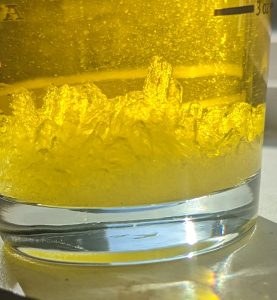Change agent networks are often used to support change. If you are not familiar, the idea of a change agent network is where a select group of people who are the network hub for a department to be ‘in the know’ and serve as an activity point for the change. This is a common playbook tactic and can work but, as with anything it needs to be more than a club or single use purpose like communication. This group needs to remain active and given the freedom of choice and responsibility of co-design. This level of engagement is critical to the health and longevity of the network.
Consider these different ways to leverage your change network
Communication – This is a very common approach and unfortunately it is used in an incomplete way. Often change agents are asked to take key messages about a project and share them with their function. Change agents are more than a ‘wifi booster’ for the signal. This group should be asked for their input to the messages, ‘will messages resonate?’, ‘what will be the reaction to the message?’, ‘what should be shared about how things are changing to generate commitment?. Change agent networks should be considered a valued and valid source of information sooner rather than later.
Data collection – Understanding the realities of organization life is a critical component to change design. Usually there is an informal structure of action, communication or knowledge that is influencing the way that change takes shape. Use this group of people to take samples of opinions or gather preference data (likes or dislikes), or observe the styles and patterns of usual work habits. All of this information can be used to thoughtfully guide change in a way that is less disruptive to productivity.
Experimentation – If the organization change requires new ways of working how can you test those ways before making them common practice for all? Agile practice, design thinking practices have made testing the Minimum Viable Product (MVP) common language in the workplace. Those methods aren’t the only times to test and learn, change is happening more frequently and overlapping so small short duration experiments are incredibly important to understand the effects of overlapping change. Listen for the points of tension and take a closer look. We often find that when people say, ‘ you are asking me to do ‘x’ and they are asking us to do ‘y’ that is a great place for learning
Design – In organization development methods employee involvement has always been a principle of best practice, engaging team members in design of organization change is the best use of a change agent network. When team members are trusted with all of the information about change and involved in the design commitment is higher and resistance lowers even for those that weren’t involved in the design meetings. Knowing that trusted peers were involved in the design process makes the related networks of team members more comfortable.
Leaders of change – Being the leaders of change is more than carrying a message throughout the organization. As a leader of the change the change agent network would be trusted with all of the critical information pertaining to the change and then they could determine how to implement the change aligned with a shared vision and timeline.



